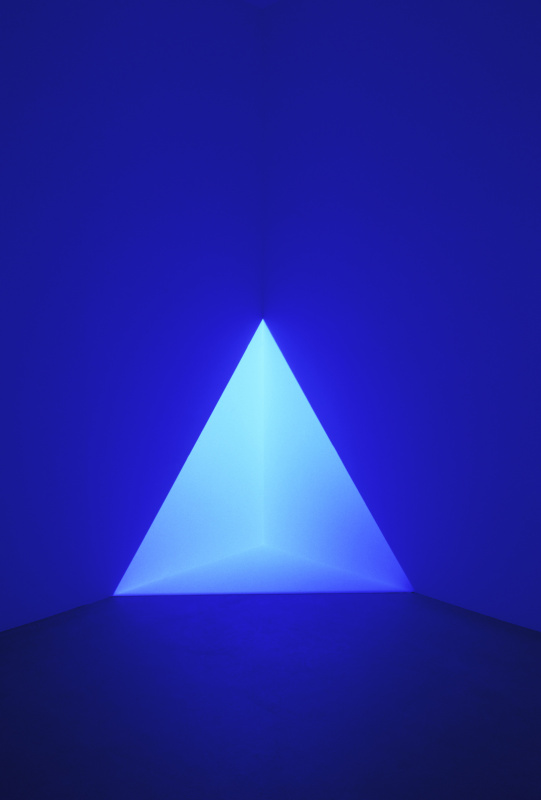
Lebbeus Woods
The Light Pavilion
The Light Pavilion by Lebbeus Woods in collaboration with Christoph a. Kumpusch, in the Raffles City complex in Chengdu, China, by Steven Holl Architects.
.
The Light Pavilion is designed to be an experimental space, one that gives us the opportunity to experience a type of space we haven’t experienced before. Whether it will be a pleasant or unpleasant experience; exciting or dull; uplifting or frightening; inspiring or depressing; worthwhile or a waste of time, it is not determined by the fulfillment of our familiar expectations, never having encountered such a space before. We shall simply have to go into the space and pass through it. That is the most crucial aspect of its experimental nature, and we – its transient inhabitants – are experimentalists.Lebbeus Woods and Christoph a. Kumpusch




